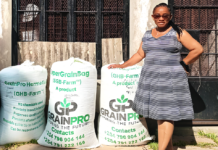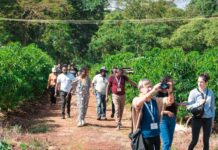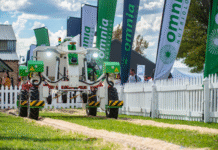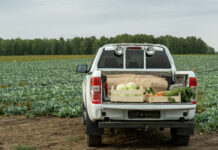As the climate crisis intensifies, planting trees seems like a hopeful solution. But if not done well—such as converting grasslands or using inappropriate species—it can backfire by increasing CO₂ emissions, harming biodiversity, disrupting water cycles, or undermining local livelihoods, a study has indicated.
To ensure tree-planting efforts genuinely benefit the planet and its people, here are ten golden rules grounded in the latest ecological science:
1. Protect existing forests first
Preserving standing forests—especially intact primary forests—is the single best short-term climate action. Mature ecosystems store massive carbon and support irreplaceable biodiversity. Planting new trees should never come at the expense of existing ones.
2. Work together—include all stakeholders
Effective restoration demands collaboration with local communities, landowners, NGOs, governments, and scientists. Co‑designing projects ensures cultural relevance, equitable benefit-sharing, and legal clarity.
3. Aim to maximise biodiversity recovery
Monocultures sequester less carbon long‑term and offer fewer ecosystem services than biodiverse forests. Prioritize a mix of native species to support wildlife, water regulation, nutrient cycling, and resilience.
4. Select appropriate areas for restoration
Not all landscapes suit tree planting. Grasslands, wetlands, peatlands, and savannas have unique ecological functions and carbon dynamics. Target degraded lands where forests historically existed for optimal impact.
5. Use natural regeneration wherever possible
Allowing forests to regrow on their own—especially near existing woodlands—often speeds recovery, costs less, and better mirrors natural structure. Active planting should complement, not replace, natural regeneration.
6. Select species to maximise biodiversity
Choose a diverse planting palette: locally adapted native trees, understorey shrubs, nitrogen-fixers, and key habitat species. Avoid risky monocultures that attract pests or fail to adapt to environmental changes.
7. Use resilient plant material
Ensure genetic diversity and source seedlings from local provenances. This enhances adaptability to climate variability, disturbances, and diseases—crucial in a changing climate.
8. Plan ahead for infrastructure, capacity, and seed supply
Successful projects depend on nursery facilities, seed orchards, trained staff, propagation systems, and long-term finance. Early planning prevents seed shortages and unsustainable planting spurts.
9. Learn by doing—use adaptive management
Embrace experimentation and continuous monitoring. Track growth rates, survival, soil and hydrological changes, and socio-economic impacts. Adjust techniques based on evidence—for instance, replacing underperforming species or adjusting densities.
10. Make it pay—ensure economic sustainability
For long-term success, tree-planting must support local livelihoods. Integrate sustainable timber, non-timber forest products, agroforestry, or payment-for-ecosystem-services schemes to make projects self-sustaining and locally embraced.
Why these rules matter
The principles laid out in this study’s findings are grounded in robust empirical and modeling research. They’ve been cited over 400 times, reflecting their global relevance.
The Center for International Forestry Research and World Agroforestry (CIFOR-ICRAF) reinforces these with on-the-ground examples showing how neglecting biodiversity, social dimensions, or local knowledge turns well-meaning initiatives into ecological blunders.
Ecosystem restoration isn’t just about carbon: it’s about reweaving the tapestry of life. Mixed-species plantings sequester up to 30% more carbon than monocultures, while supporting water regulation, pollinators, and climate resilience.
When communities are stewards rather than bystanders—and can rely on trees for income—restoration becomes a force for social and environmental justice.
Combatting harm: be aware of common missteps
- Planting in unsuitable landscapes like peatlands or grasslands can raise CO₂ emissions and damage hydrology.
- Monocultures and non-native species often perish, need more inputs, and damage local ecology.
- Ignoring local communities leads to conflicts, illegal logging, or project abandonment.
- Lack of long-term financing or planning causes seedlings to fail, nurseries to close, and hopes to fade.








